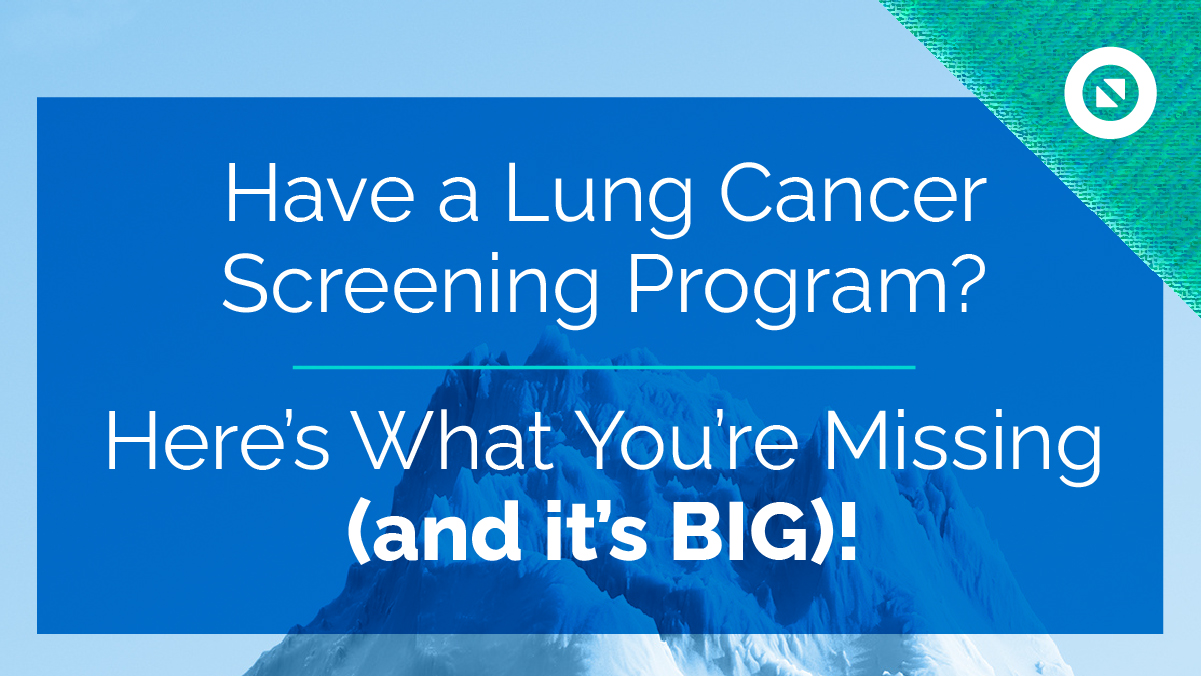Did you know that Radon is the leading cause of lung cancer in non-smokers and the second leading cause of all lung cancers in the United States, contributing to over 20,000 lung cancer deaths per year?
Radon is a radioactive gas released from the normal decay of naturally occurring elements found right beneath our feet. This invisible, odorless, tasteless gas seeps up through the ground into the air. The level of radon varies greatly in different parts of the United States depending on the characteristics of the rock and soil in the area. Radon gas usually exists at very low levels outdoors, but can be found at dangerous levels indoors as the gas given off by rock or soil can enter buildings through cracks or gaps in the floors and walls. These levels of radon are often highest in basements or crawl spaces.
According to the Environmental Protection Agency (EPA), the average level of radon outdoors is about 0.4 picocuries per liter (pCi/L) compared to average indoor levels of 1.3 pCi/L. The EPA recommends taking action to reduce radon in homes that are at or above 4.0 pCi/L. It is estimated that about 1 in 15 homes are at or above this EPA action level. Scientists estimate that lung cancer mortality could be reduced by up to 4% by lowering radon levels in homes at or above 4.0 pCi/L.
The best thing you can do today to reduce your risk of harms associated with radon is to test your home. EPA and the U.S. Surgeon General recommends all homes in the United States be tested for radon. Winter is a good time to test your home when windows and doors are sealed tightly which can cause radon levels inside your home to rise. Contact your state radon office for information on how to obtain a test kit. Some states offer free or discounted test kits to the public. You can also visit http://www.sosradon.org to order test kits and obtain information.
If you think you have been exposed to high levels of radon over an extended period of time, talk with your doctor. Regular health checkups can look for possible signs of lung cancer including shortness of breath, a new or worsening cough, hoarseness, or trouble swallowing. If you are a current or former smoker, you may be eligible to receive a Low-Dose CT for Lung Cancer Screening.
EPM Lung Cancer Screening Solution
Eon’s lung cancer screening software empowers FTEs to focus on patients with significant Lung-RADS scores by triaging patients by risk and automating the longitudinal care and communication with patients at low risk. This dramatically improves patient outcomes and boosts screening programs’ bandwidth with a fully compliant lung cancer screening solution.

